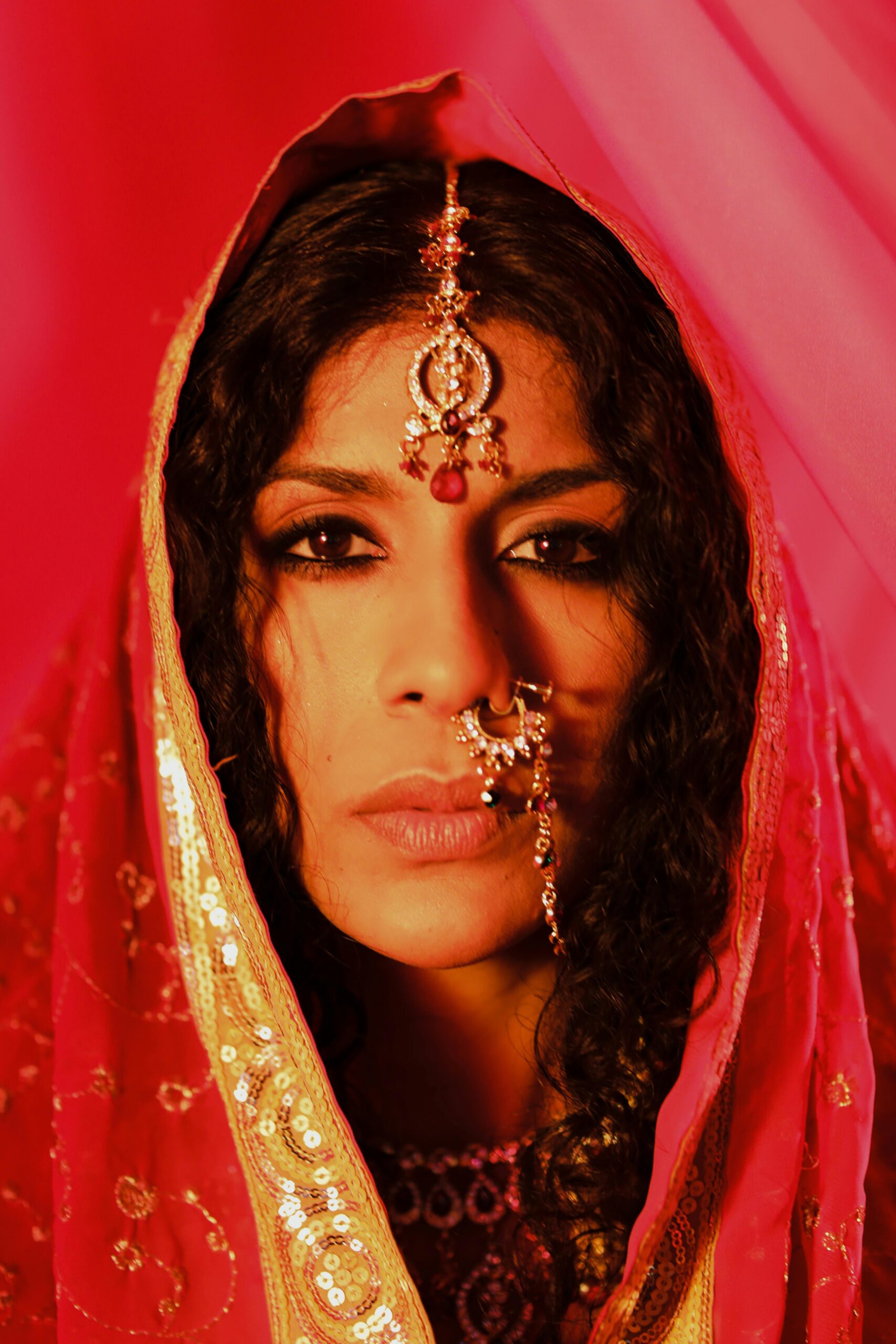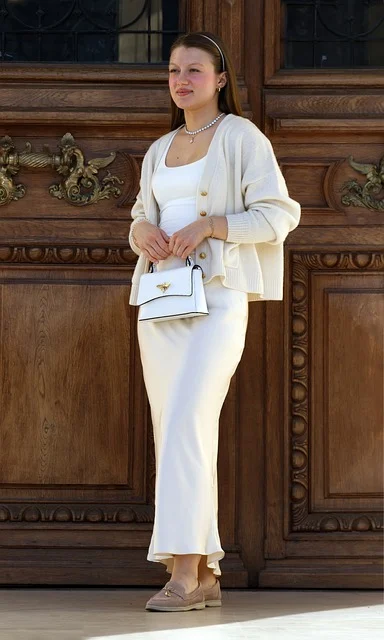The Complete Guide to Eye Lenses: Choosing the Best Option for You

Meta Description
This Post will break everything down for you in regard to where you can get them, the various types, and the factors you need to consider to get the perfect eye lenses for you.
Introduction
Contact lenses have always been preferred in difficulties with vision since they are comfortable, convenient, and look less like a cosmetic addition compared to glasses. According to the use that you intend to put them to, regardless of whether you want to use them on a daily basis or in some specific conditions, it is extremely important that you select the right one to use. This paper aims at discussing the various types of, the importance of, and how to choose the most suitable lenses.
1.Types of Eye Lenses
It has therefore become necessary for anyone who uses eye lenses to be well informed about the various types of eye lenses that are available because different types of eye lenses have its own special attributes to fit different vision requirements. Here’s an overview of the most common types of eye lenses:
. Soft Lenses: These are the most widespread type of contact lenses; they are made of soft, flexible plastic through which oxygen penetrates to the cornea. Soft lenses are not only painless but they come in various categories of daily wear, two-week wear, and monthly wear. It’s suitable for those with astigmatism, myopia, and hyperopia, as well as for open keratoconus and post-refractive surgery patients. Besides, soft lenses are ideal for starters since they are always comfortable and convenient to wear.
. Hard (Rigid Gas Permeable) Lenses: These lenses are made of a material that is harder than that used in making soft lenses. It may take a little longer in adaptation but for those with irregular corneas or astigmatism, they give better and clearer visions. RGP lenses are also more resistant than other types of lenses and may have longer lens life cycles, but they need more care, for example, use of special cleaner solutions. They afford the advantage of improved sight for parts of the fields of vision in cases where an individual requires specific vision correction.
. Colored Lenses: Fashion eye contacts are particularly a great fashion accessory to those who wish to change the color of their eyes. These lenses come in prescription, which means they can correct vision while at the same time giving a new eye color. Colored lenses come in two main types: opaque and enhancement. Tints remove eye colour while enhancements further deepen/bring out eye colour. There are different shades of colored lens including blue, green, brown, and gray so the user can change their looks.
2. How to Choose the Right Eye Lens for Your Needs
The kind of eye lens that one decides to wear is very important in as much as concerns comfort as well as capability to see clearly. When choosing lenses it is crucial to take into consideration several aspects since everyone is inadvertently unique when it comes to vision. Here are some key aspects to help guide your decision:
1. Prescription Accuracy
As much as the above factors may be crucial in determining which lenses to use, the most important aspect is having accurate prescription. Except for soft hydrophilic lenses or gas-permeable lenses that can easily change their shape and thickness, contact lenses come in various strengths; therefore correct prescription is crucial in obtaining the right vision correction. Be sure to get a prescription from your optometrist if you are a glasses wearer who is thinking of wearing contact lenses for your next occasion.
2. Lifestyle and Activity Level
Your lifestyle is an important determining factor for choosing the best eye lens type. If you are a sportsman or are somehow involved in different activities then you could prefer comfortable and well-positioned lenses. Soft lenses may be appreciated for those who have dynamic professions or have a lot of hobbies, as this type of lenses does not cause discomfort, and Contacts lenses can be worn all day long.
For those who work at computers or spend lots of time reading digital displays, frames containing lenses with blue light cut-off can decrease discomfort in the eyes. For those people who spend much of their time outdoors, UV protected lenses should be used to protect your eyes from the sun’s dangerous rays.
3. Comfort Level
The convenience a lens user experiences is paramount when it comes to lens use for protracted durations. Soft lenses tend to cause less irritation during the first hours of usage and worn than rigid gas permeable lenses. If you are prone to dry eyes or have delicate eyes, opt for the lenses for dry/sensitive eyes because such lenses are created from one hundred % expiry moisture contents for purpose of providing comfort to the eyes.
There are some additional comfort choices that some brands have: the lenses that are capable of keeping moisture throughout the day and those that are created to minimize discomfort, which appears because of the dryness of the lenses.
4. Maintenance and Durability
One will notice that it is relatively easy to maintain certain types of lenses than others. Daily disposable lenses are the most conformable as they do not need to be cleaned or stored. Men wear them during the day and remove them at night, discarding them after that.
The other type of lenses are monthly or bi-weekly, these require washing mostly and should always be soaked in a solution to avoid bacterial buildup. It is a fact that hard lenses are even more resilient and could last for even more time compared to its soft counterparts. But keep in mind these hard lenses need more attention than their soft counterparts, such as cleaning and handling with care.
The last group of contacts can be recommended to those who do not want to spend much time on lens care, and that is daily disposable lenses. Nonetheless, using cyclic lenses may be good for the long run when measured by costliness since monthly lenses could be more convenient.
5. Special Needs
In the case where one may need bifocal, multifocal or toric lenses or is suffering from astigmatism, presbyopia or color blindness then look for those specialty lenses. Toric lenses are specifically for the individuals suffering from astigmatism and maintain a proper position to adjust vision abnormalities resulting from irregular cornea. Likewise, bifocal or multifocal lenses offer the best option for anyone who has to read or work close and drive or see distant objects in the distance.
Individuals with sensitive eyes or allergies may also find value in lenses that are manufactured from components likely to cause least discomfort in the eyes. For those who have an issue with dry eyes, there are lenses that can retain moisture and do not let it evaporate during the day.
3. The Benefits of Wearing Eye Lenses
Daily, weekly or monthly disposable eye lenses are contact lenses or corrective lenses that offer numerous advantages to everyone, including enhanced vision. Here are some of the key advantages of wearing eye lenses:
1. Enhanced Vision and Comfort
The first of the general benefits of wearing eye lenses is that of an enhanced vision quality. Glasses, on the other hand, give visual clarity but a smaller field of vision, since they rest on the frame of the face. Unlike eyeglasses which hinders peripheral vision, this particular lens provides vision from all directions. This makes them especially suitable for people who perform physical activities or are sports persons.
2. Beauty and Confidence
Some people like to wear contacts to look better and be presentable. Contacts are more natural than glasses since you don’t have to put frames that may change your face shape.
Of these, colored contact lenses can be said to bring benefits to the user since they can allow people to change the color of their eyes, further helping them create the perfect look which they always desired.
3. It also did not allow for Fogging or Rain disturbances
It should also be understood that contact lenses do not fog as well as are not disturbed by raindrops. Every person who wears glasses knows that the lenses mist up in cold and humid weather or when switching from cold to warmer conditions. Lenses, on the other hand, do not have these problems; thus, one can consider buying them especially if he or she lives in a climate zone which fluctuates, or if the given person spends most of the time outdoors.
FAQs
1. Is it possible to fall asleep with contact lenses?
It is also important not to sleep with contact lenses unless it’s a planned 2-night specialty contact lens. Remember to still adhere strictly to what your optometrist has told you.
2. How frequently am I supposed to change my contact lenses?
It also depends upon the kinds of lenses used. Cosmetic lenses are worn daily lenses, monthly or yearly lenses should therefore be removed when they are worn for the day whereas if used during the night, then they should be removed.
3. Can I need eyeglasses with colored lenses for my prescription?
Yes, there are people who get that colored lenses are available in their prescriptions for vision correction means that you get to have both fashion and use.
4. Is it safe to use contact lenses?
Yes, contact lenses can be used safely if the right procedures are followed in the placement of the lens and also when the lenses are being deposited back. Bear in mind the cleaning procedures, wearing and replacement schedule.
5. Do contact lenses lead to eye infections?
Indeed, infections can be caused by incorrect usage or improper cleaning. It is important always to clean your lenses properly and do not use your lenses in any way with those of another person.
Conclusion
Eyeglasses lenses are such a blessing to those who fancy a vision and one that is convenient without the glasses. This way you will know the type of lenses to use, how to acquire them as well as how to maintain good eye health when using them. It is wise to always assess with an Optometrist in order to know the best in regard to the eye health condition and the vision requirements of an individual.


